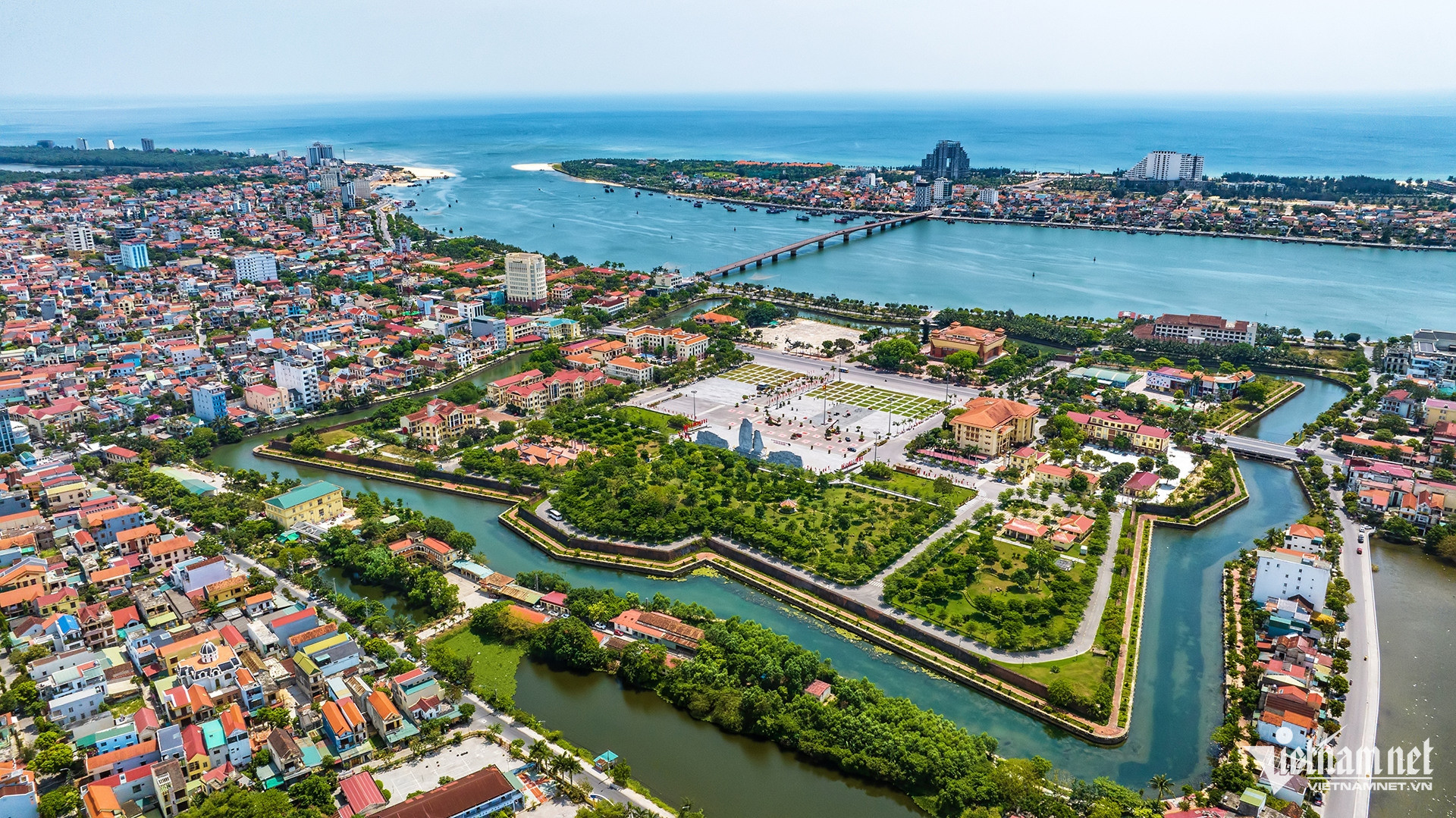
Dong Hoi City is the political, economic, cultural, scientific and technical center of Quang Binh province, with a natural area of 155.87 km2, a population of about 134,000 people (statistical data in 2022), including 16 administrative units (10 wards, 6 communes), population density of about 858 people/km².
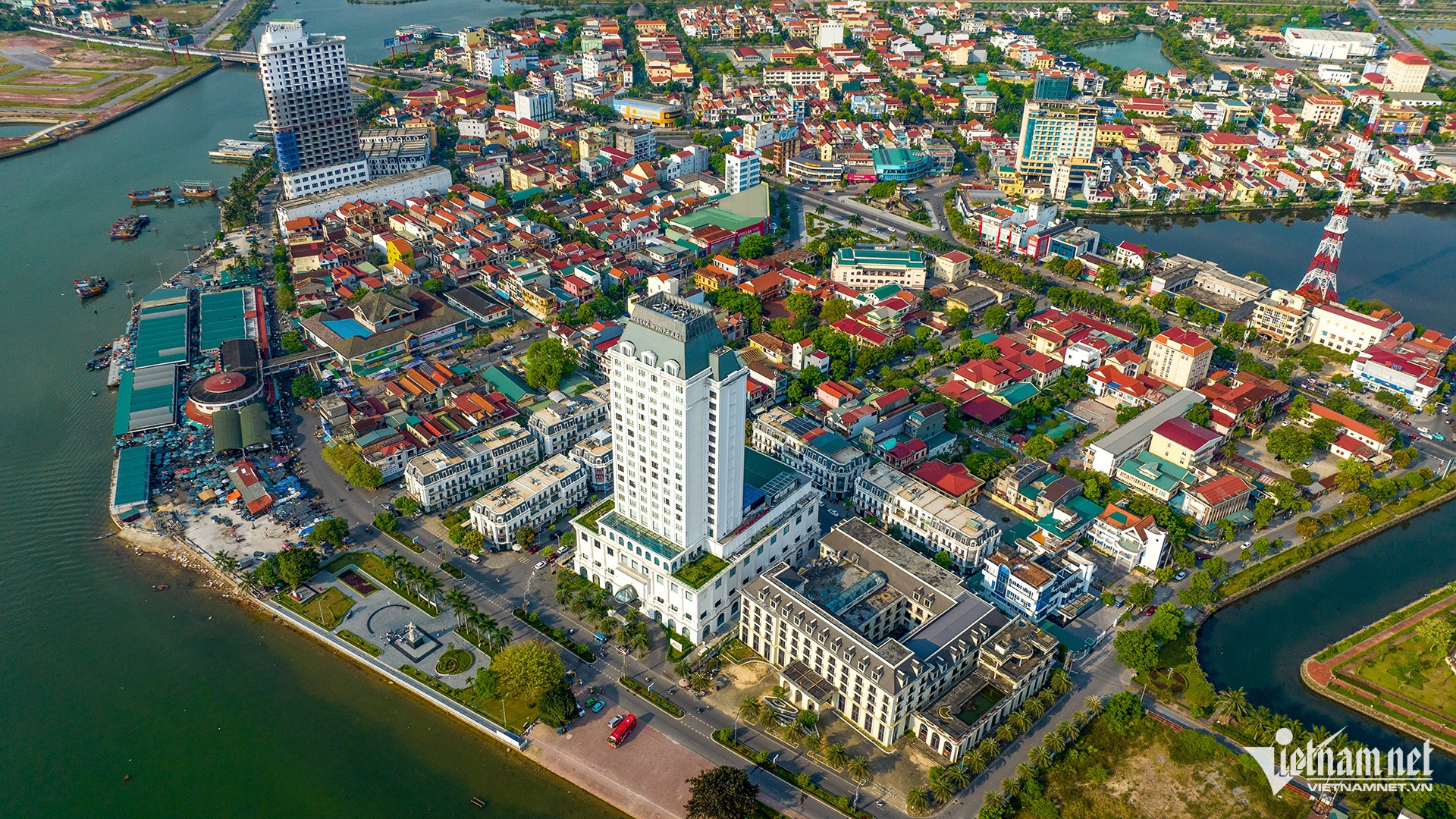
Over the past years, Quang Binh in general and Dong Hoi City in particular have developed remarkably, gradually affirming their position as one of the dynamically developing localities in the North Central region: Stable economic growth, average gross regional domestic product (GRDP) reaching 6.63%/year in the first half of the 2020-2025 term, average total budget revenue reaching 7,500 billion VND/year. The technical and social infrastructure system has been invested synchronously and modernly, creating favorable conditions for attracting investment and socio -economic development, while developing sustainable tourism.
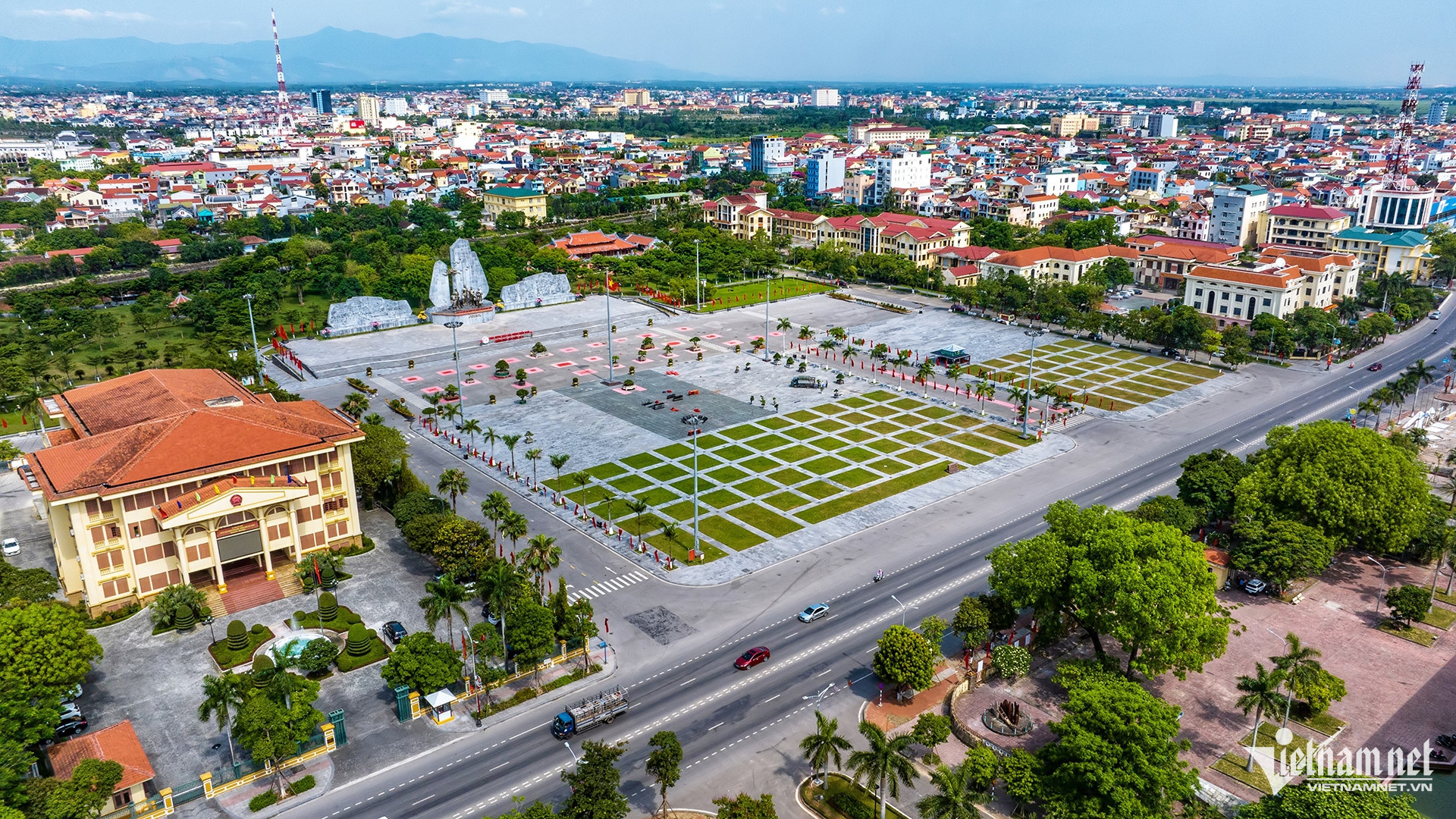
In the photo, Ho Chi Minh Square is the central location of Dong Hoi City, where the statue of Uncle Ho with the people of Quang Binh province and the temple of Uncle Ho with the heroic martyrs are located.
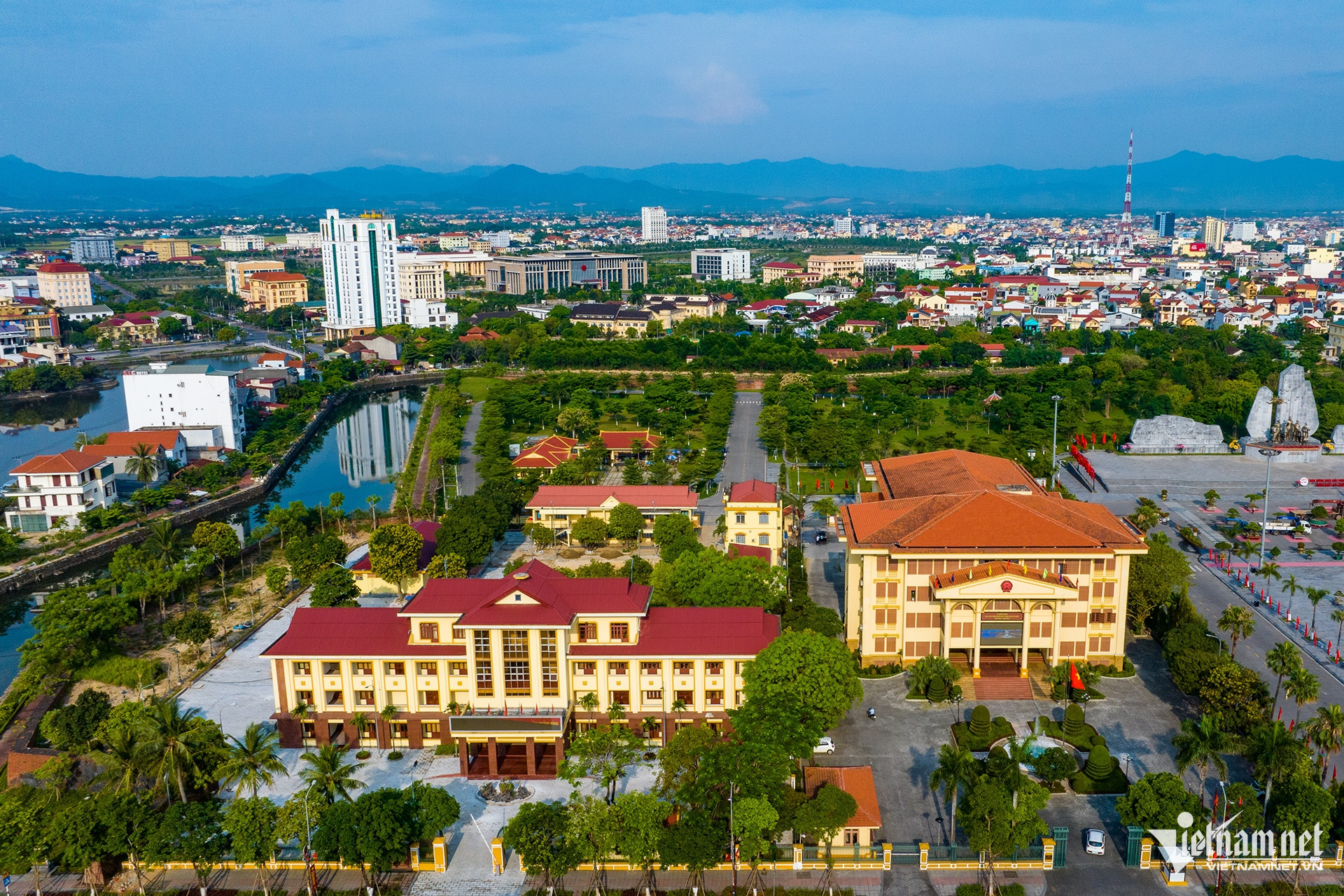
Right next to the square are the offices of many state agencies such as the Provincial People's Committee Office, Dong Hoi Citadel historical relic, Quang Binh Museum...
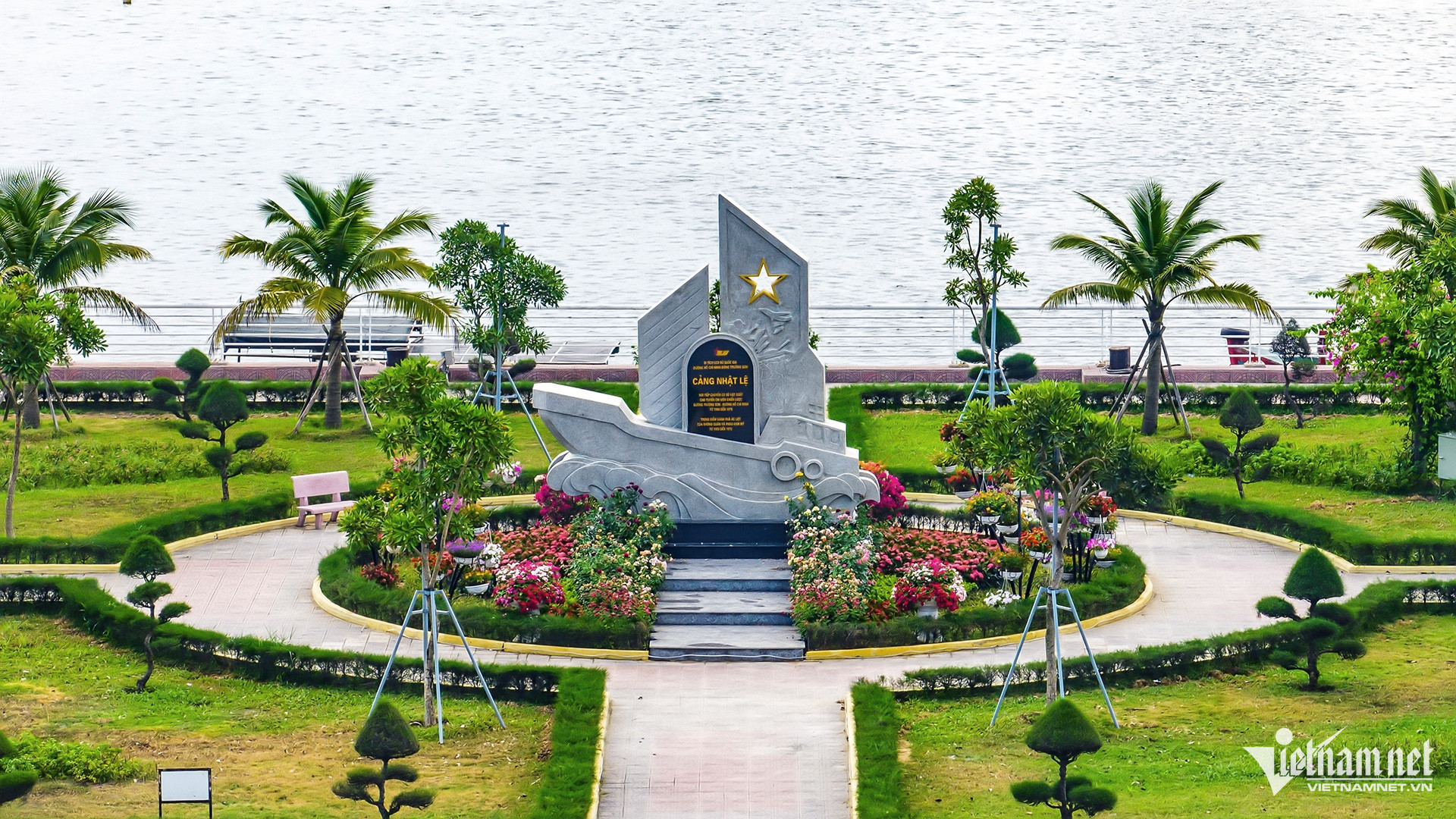
Historically, during the Nguyen Dynasty, Dong Hoi was the political and administrative center of the two provinces of Quang Binh and Quang Tri. Specifically, in 1831, King Minh Mang carried out administrative reforms and decided to establish 31 provinces nationwide. At that time, Quang Binh and Quang Tri were under the control of a Governor, called Binh Tri Governor, with the capital located in Dong Hoi.
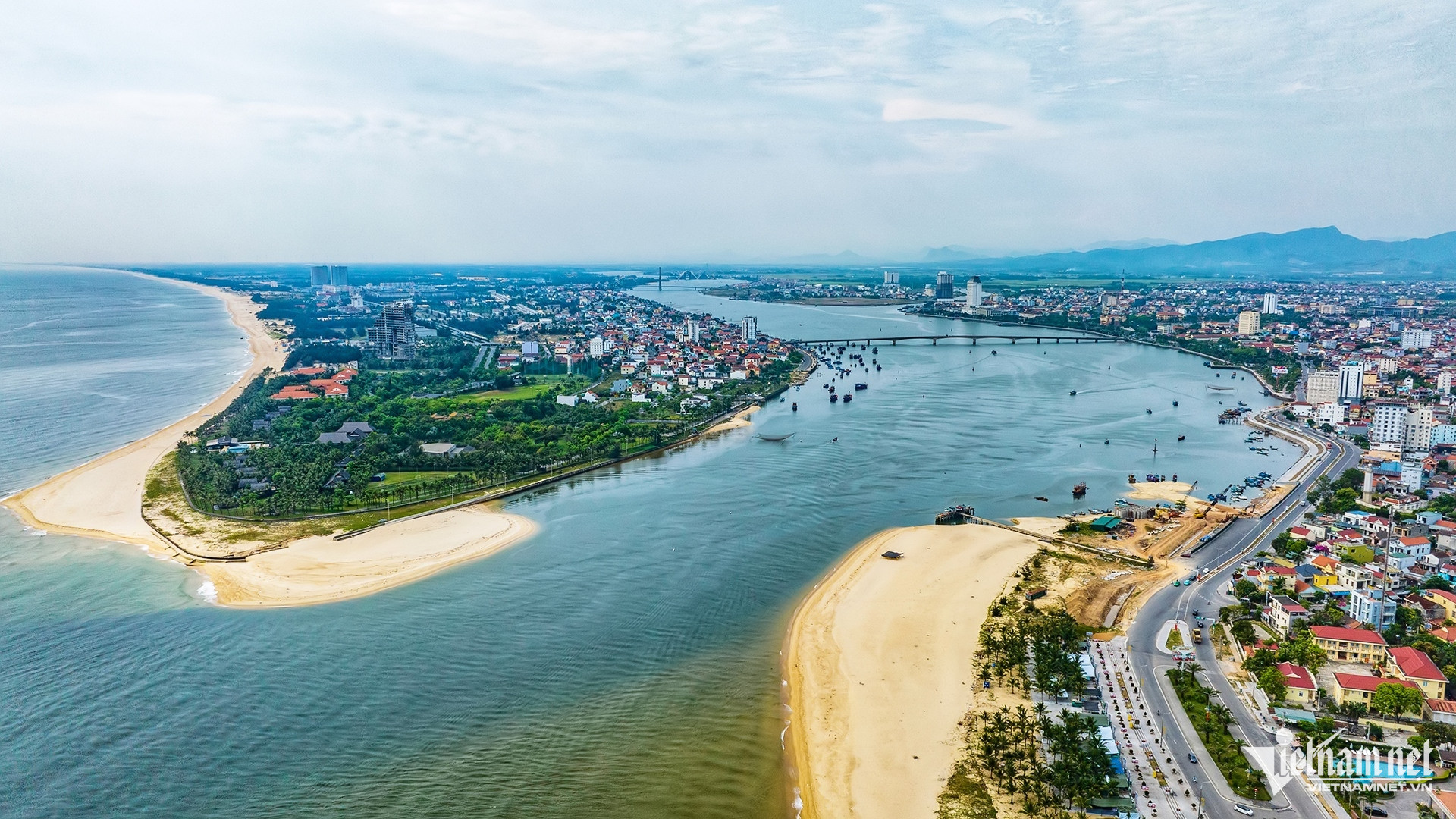
When talking about Dong Hoi, we cannot help but mention Nhat Le Bridge and Nhat Le River, the symbol of the city. The bridge spans the river of the same name, connecting Dong Hai ward with Bao Ninh commune. Construction began in 2002 and the bridge was technically opened to traffic in August 2004.
Nhat Le River is one of the most beautiful rivers in Vietnam, 85km long, originating from U Bo and Co Roi mountains in the Truong Son range and flowing into the East Sea.
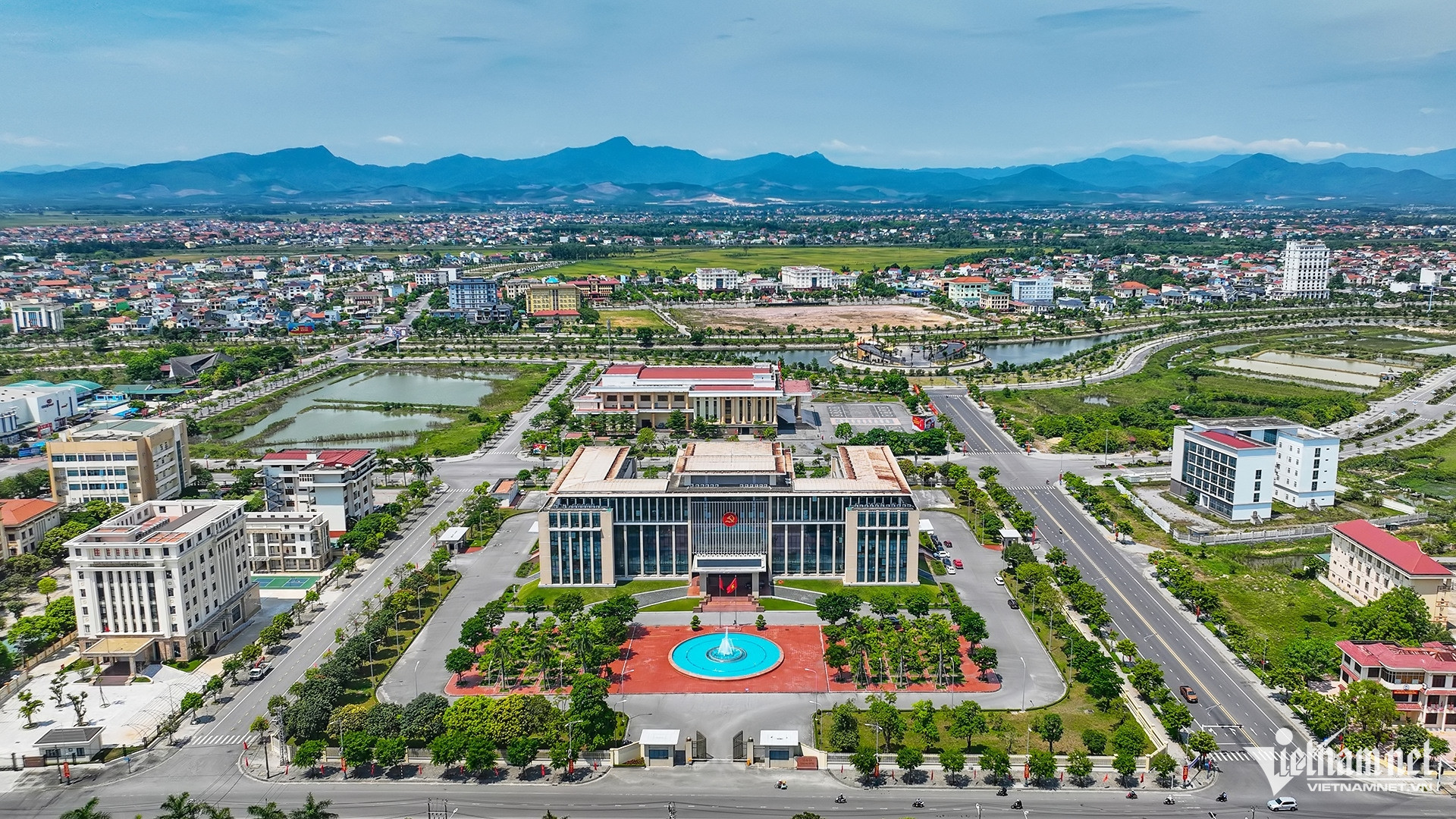
The Quang Binh Provincial Party Committee headquarters is located at 68 Nguyen Huu Canh, Dong Phu Ward. The building is not only the workplace of key agencies such as the Provincial Party Committee Office, the Organization Committee, and the Internal Affairs Committee, but also the venue for important meetings, conferences, and political events of the province.
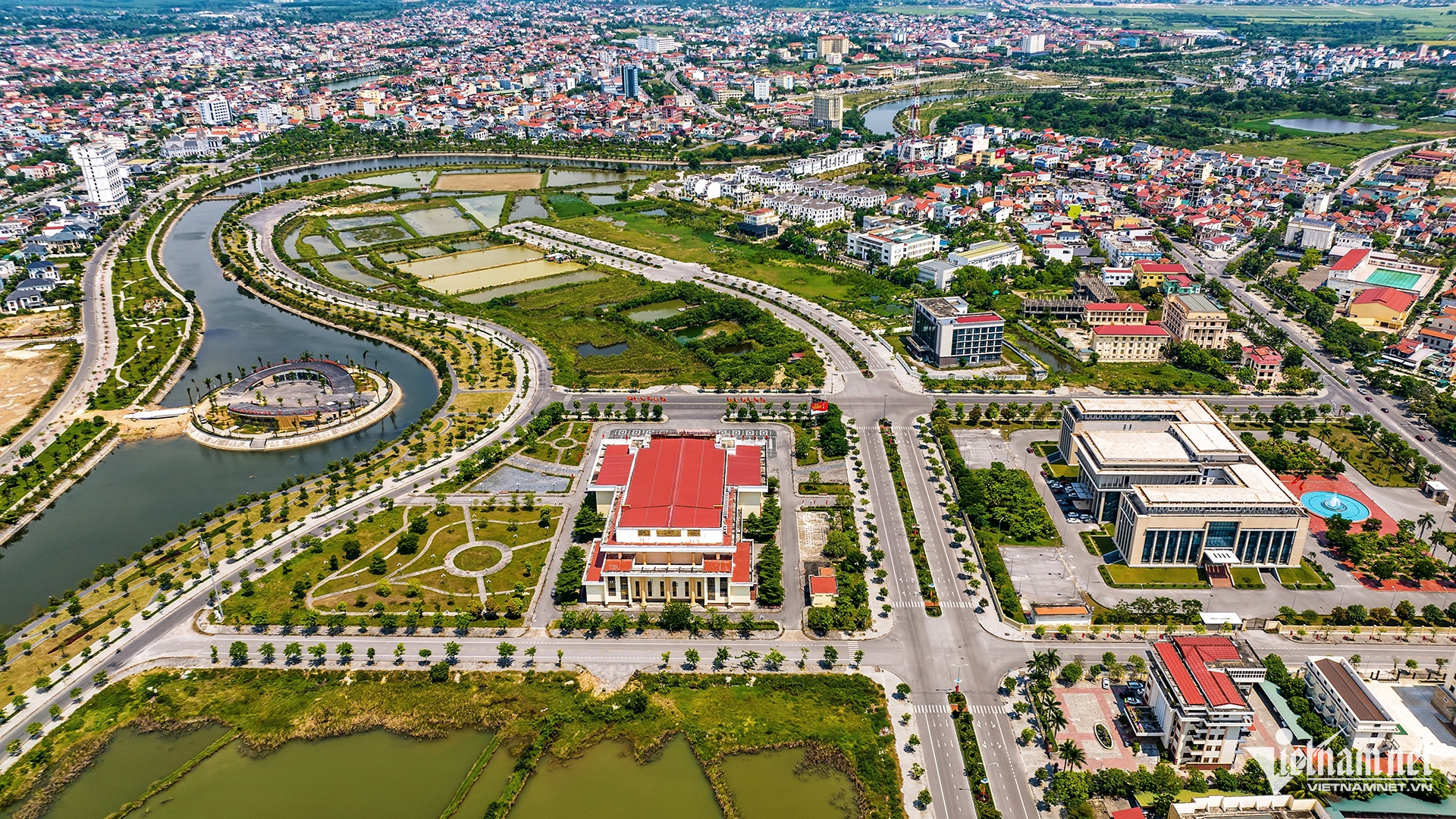
Historically, this area is associated with the famous general Nguyen Huu Canh, who contributed greatly to the expansion of the southern territory of Vietnam. His tomb is located in Truong Thuy commune, Le Thuy district, Quang Binh province, and is a destination that attracts many visitors every year.

Dong Hoi also owns many ancient citadels with unique historical and architectural values. One of them is Dong Hoi Citadel located near Nhat Le River. The project was built in 1812 under King Gia Long, on the foundation of Tran Ninh rampart built by Lord Nguyen Phuc Nguyen in 1631. The citadel played an important role in the Trinh - Nguyen war and the two resistance wars against France and the US.
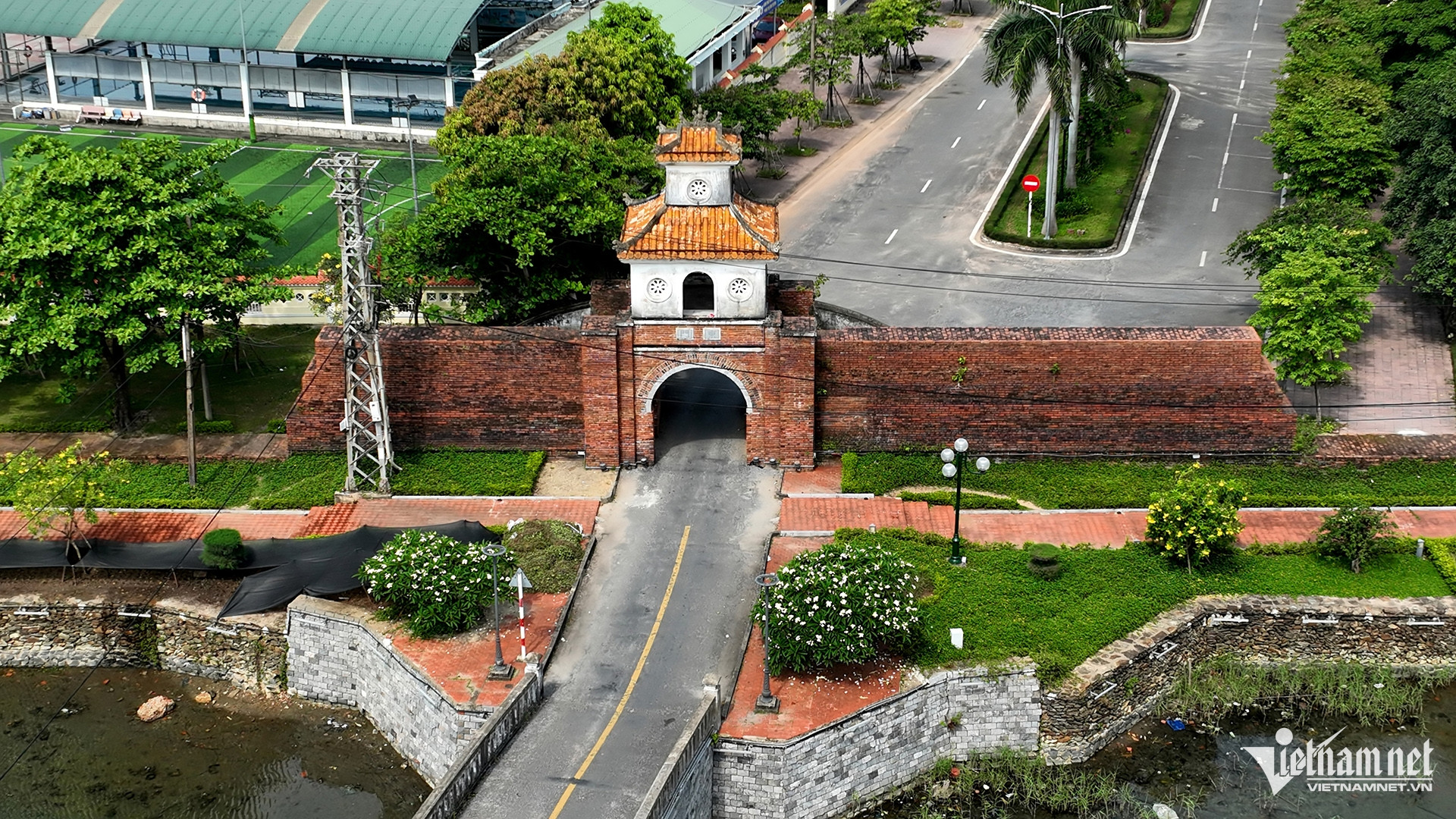
The citadel was originally built of earth, then rebuilt of bricks in a square shape, each side about 400m long. The citadel has 4 main gates and a surrounding moat system. Dong Hoi Citadel was recognized as a national historical and cultural relic in 1992 and restored in 2005.
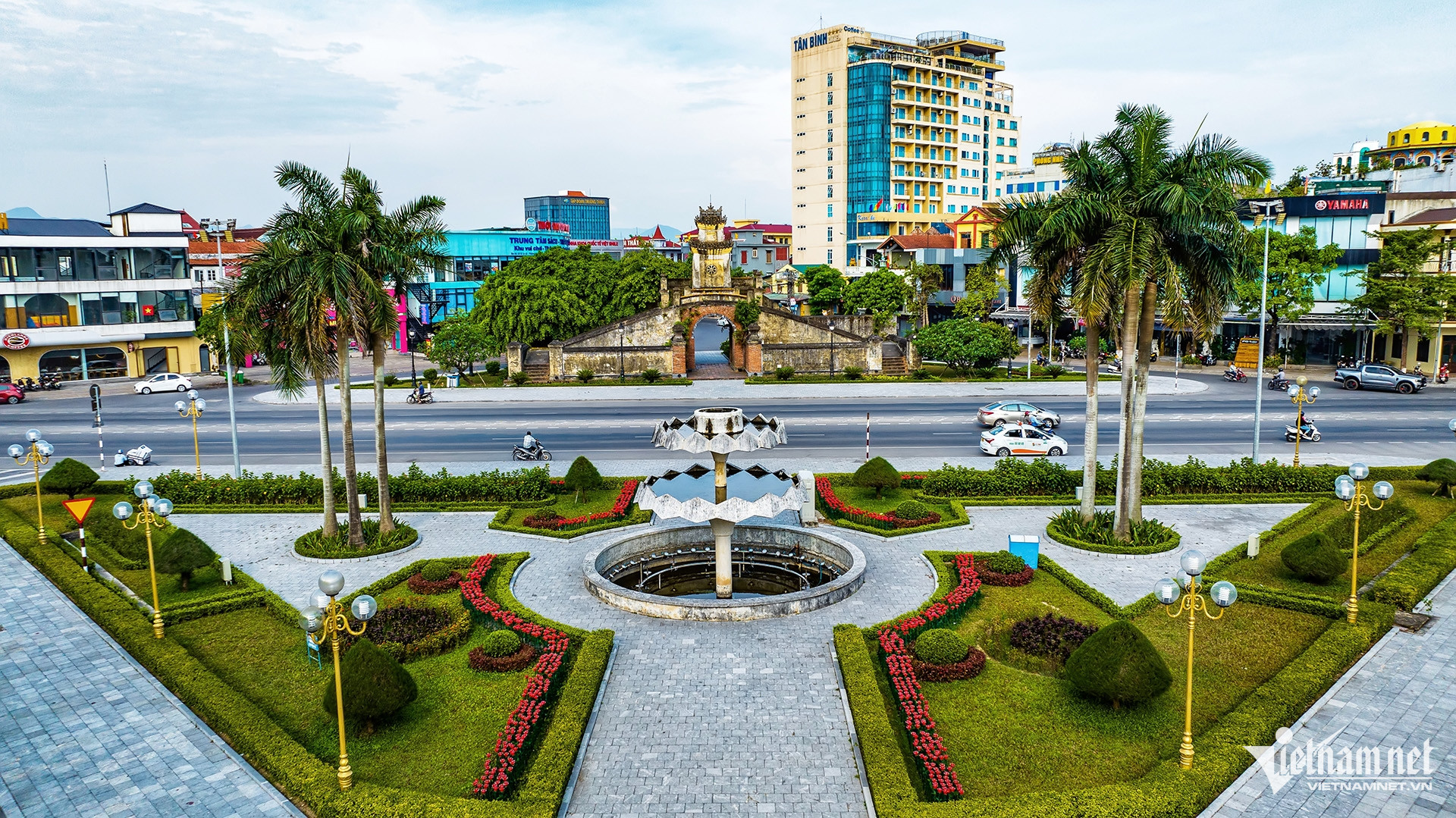
There is also Quang Binh Quan. The structure was built in the 17th century, as part of the southern defense system of Dang Trong, with the role of controlling traffic and military defense. The gate was built of bricks and stones, with a solid architecture with three roofs, bearing the mark of ancient Vietnamese architecture. Currently, Quang Binh Quan has been restored and preserved, becoming a tourist attraction and a cultural symbol of Dong Hoi.
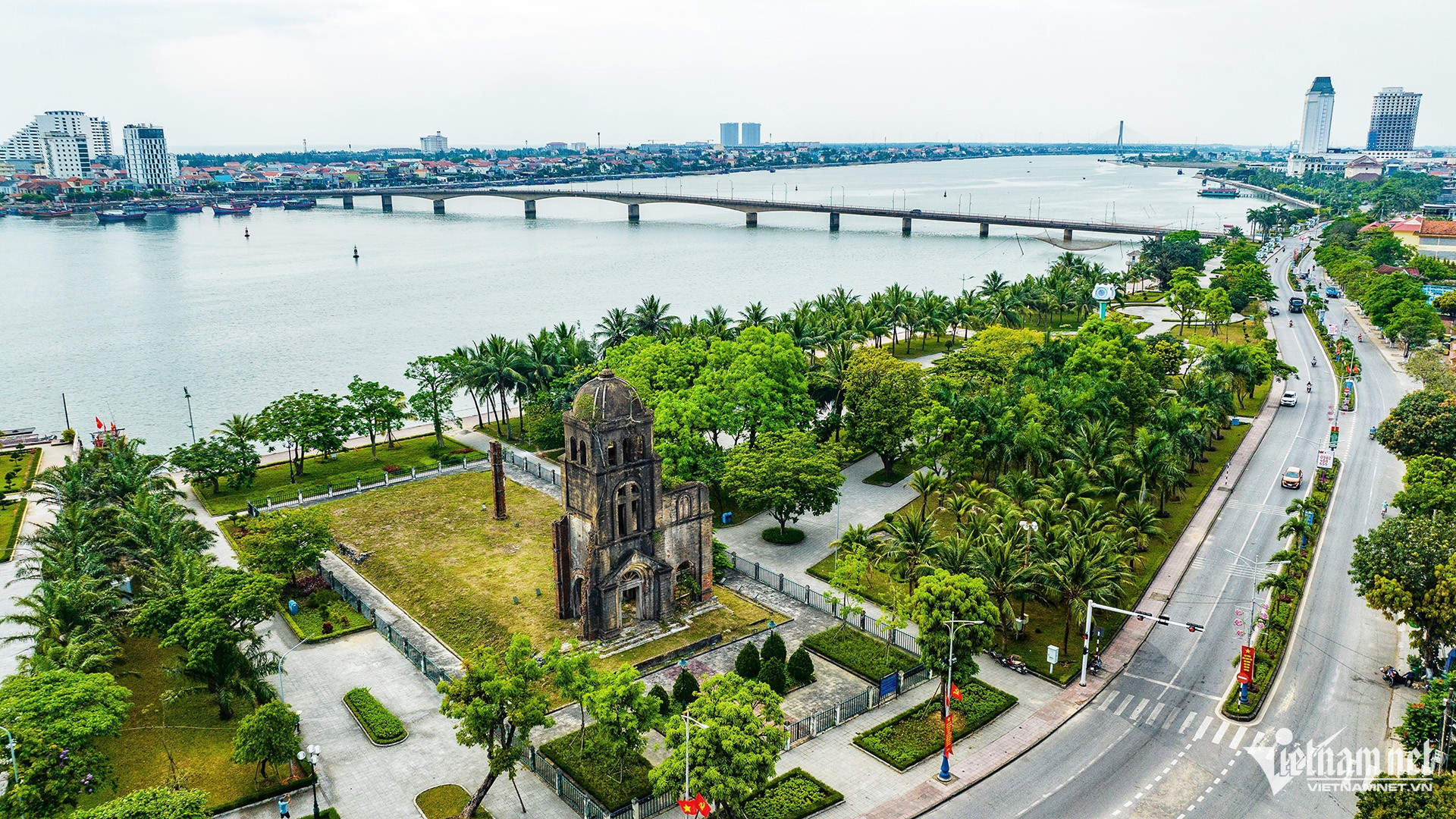
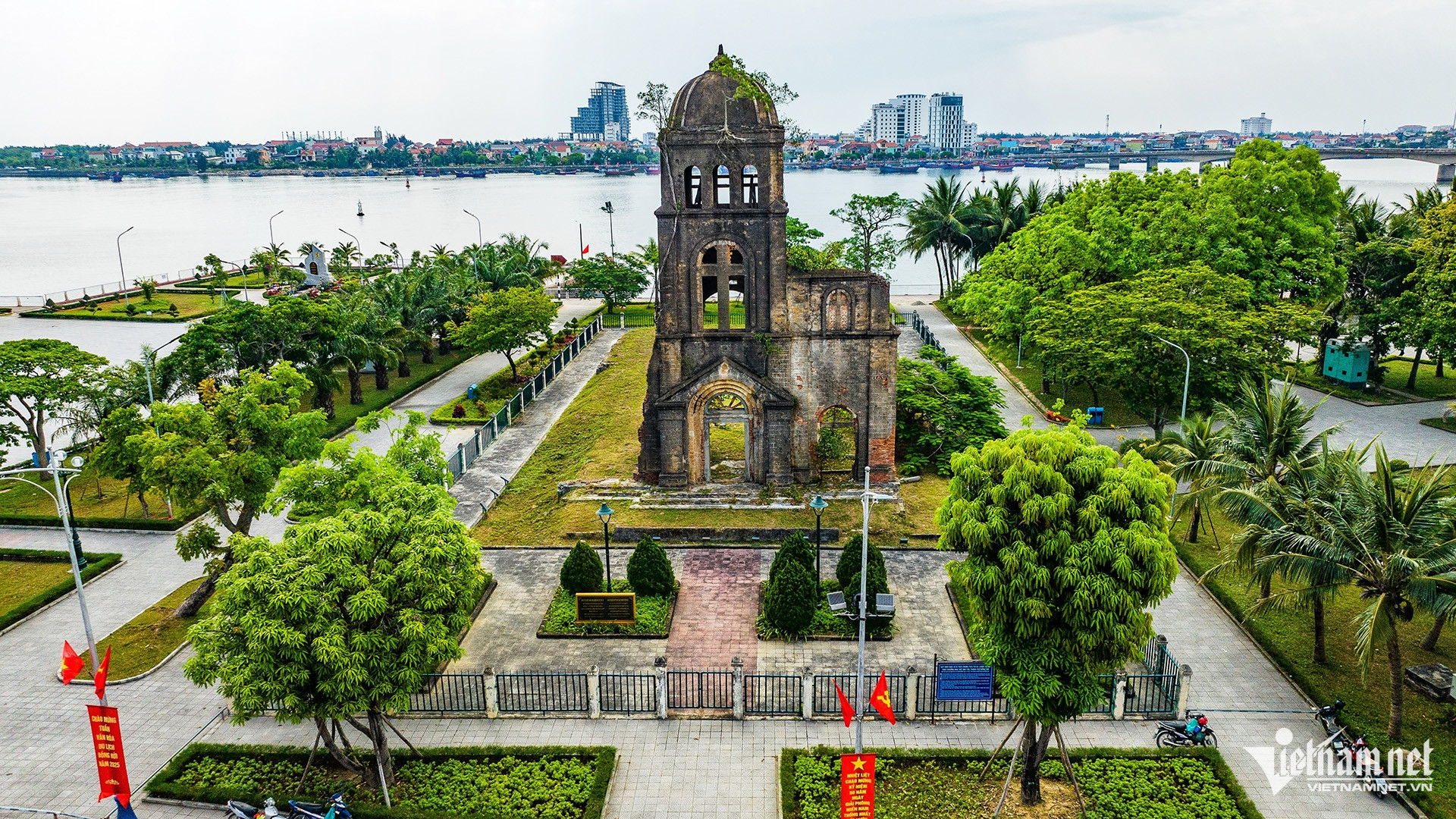
Right on the bank of Nhat Le River (Nguyen Du Street) there is also a bell tower of Tam Toa Quang Binh Church, built in 1886. With its ancient beauty preserved after the bomb attack, this is a relic, a historical witness, marking a heroic period of the nation.

Another notable place in Dong Hoi City is Bau Tro freshwater lake (in Hai Thanh ward), which was formed about 1 million years ago. The lake is shaped like a slightly narrow gourd, extending in the middle in a northwest-southeast direction, about 300 - 450m from the coast. This is not only a source of fresh water for Dong Hoi but also a special archaeological site of the late Neolithic period.
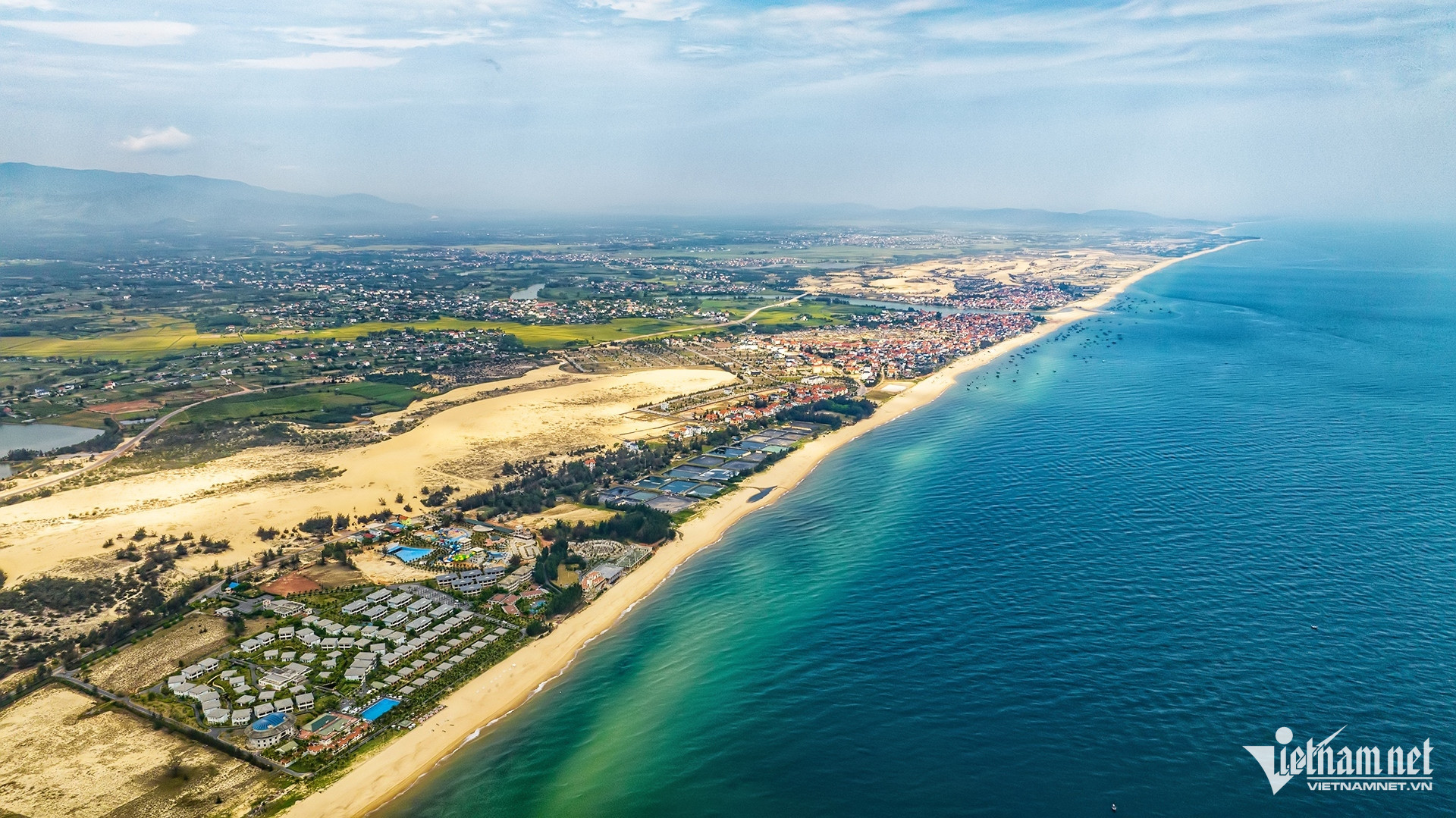
Regarding tourism development, according to local reports, in 2024, Dong Hoi welcomed nearly 1.7 million visitors, an increase of 15.6% over the same period last year. Revenue from accommodation services reached nearly 517 billion VND, an increase of 17.3%; revenue from food and beverage services reached more than 2,015 billion VND, an increase of 13.4%; tourism revenue reached 86.2 billion VND, an increase of 18% over the same period last year.
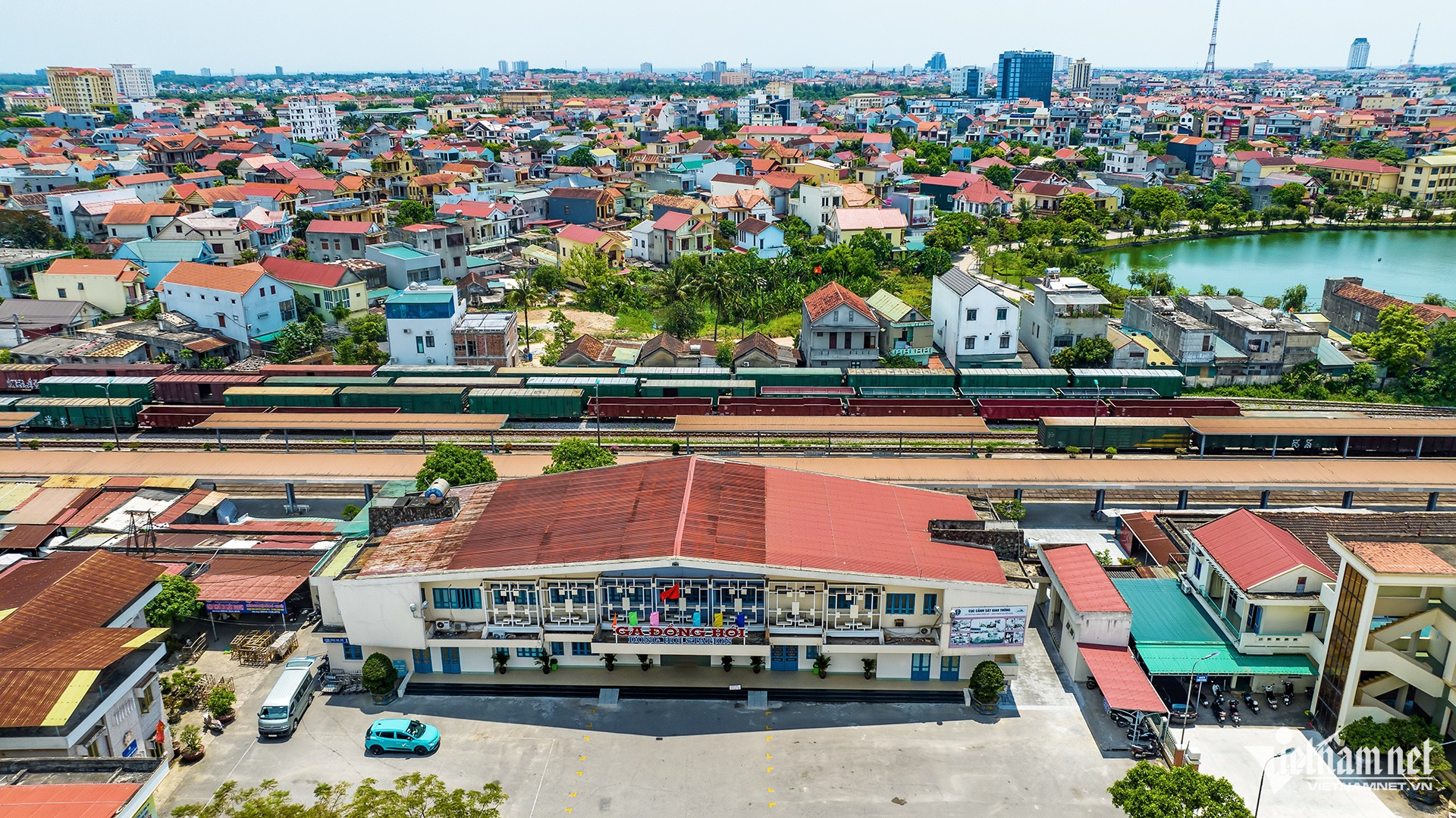
Dong Hoi Station was started construction in 1967, is one of the important stations on the North-South railway line, playing a key role in the province's transportation and tourism. This project is also associated with the history of Quang Binh, a place that witnessed stories of resilience, patriotism and love for the homeland of the local people.
Dong Hoi City combines historical, cultural, and synchronous infrastructure elements... to be chosen as the new political and administrative center after the merger of Quang Binh and Quang Tri.
Hoang Ha - Pham Hai
Vietnamnet.vn
Source: https://vietnamnet.vn/ve-dep-dong-hoi-noi-se-thanh-trung-tam-hanh-chinh-cua-quang-binh-va-quang-tri-2399230.html



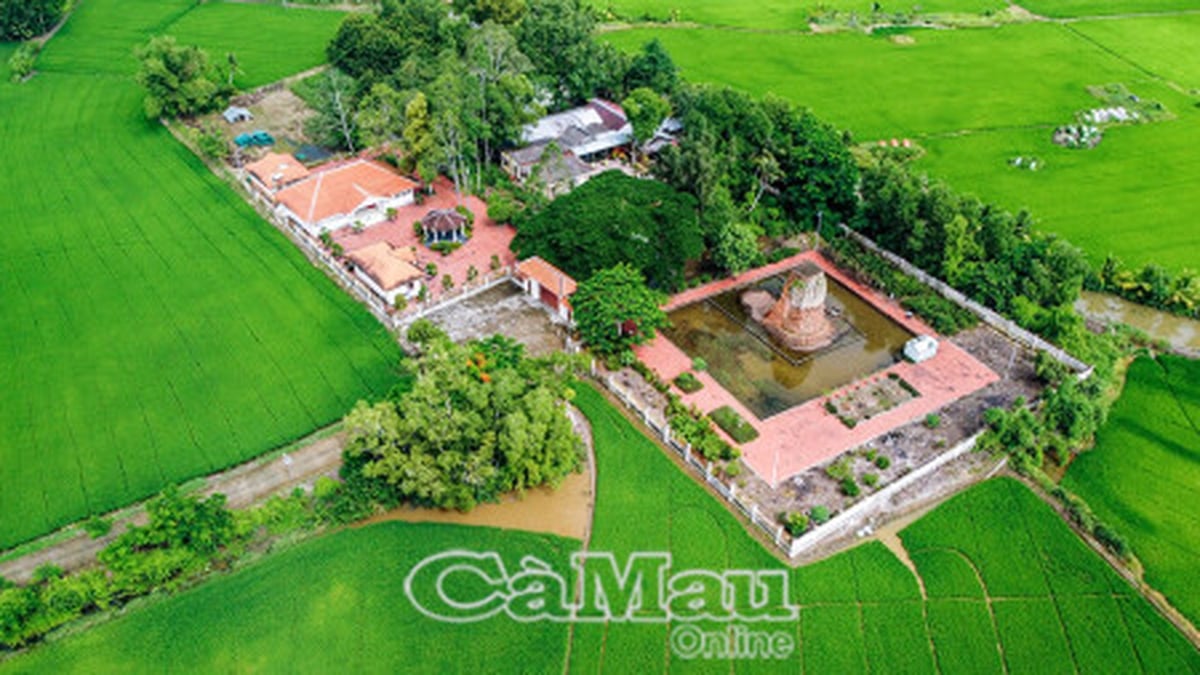
![[Photo series] Close-up of the bridge worth over 1.6 trillion VND and the road connecting Dong Nai with Ho Chi Minh City preparing to open to traffic](https://vphoto.vietnam.vn/thumb/1200x675/vietnam/resource/IMAGE/2025/7/30/e8806165b0a240c0b8f139f6f22f3a8a)





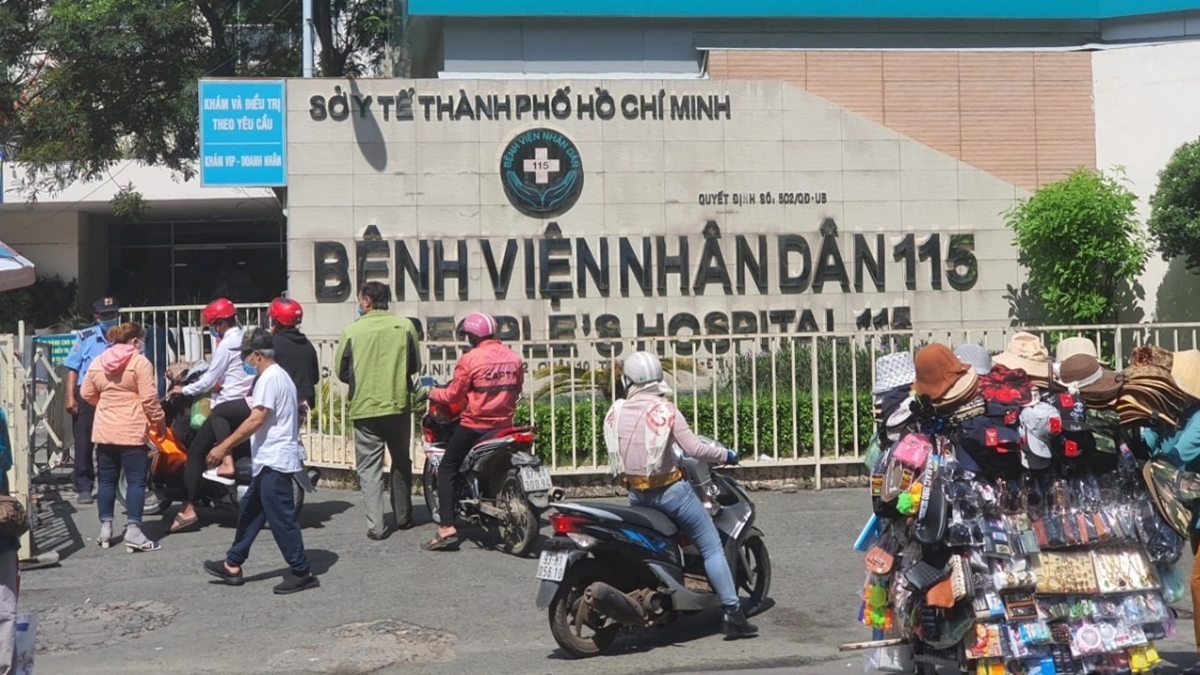
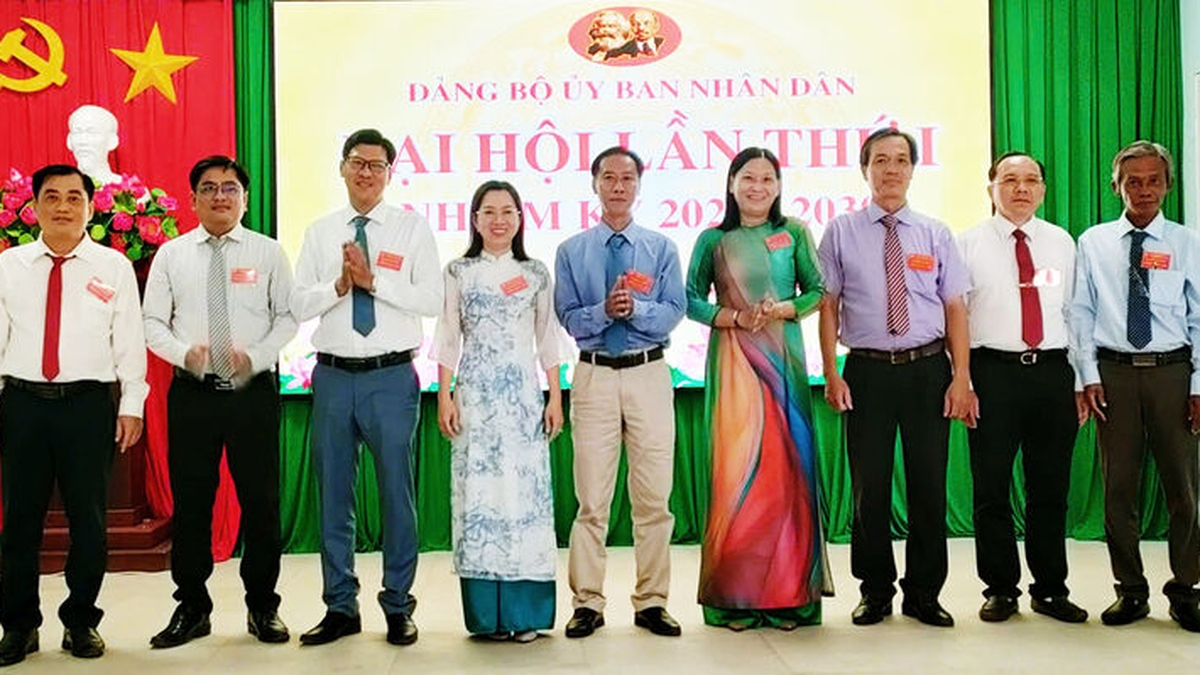
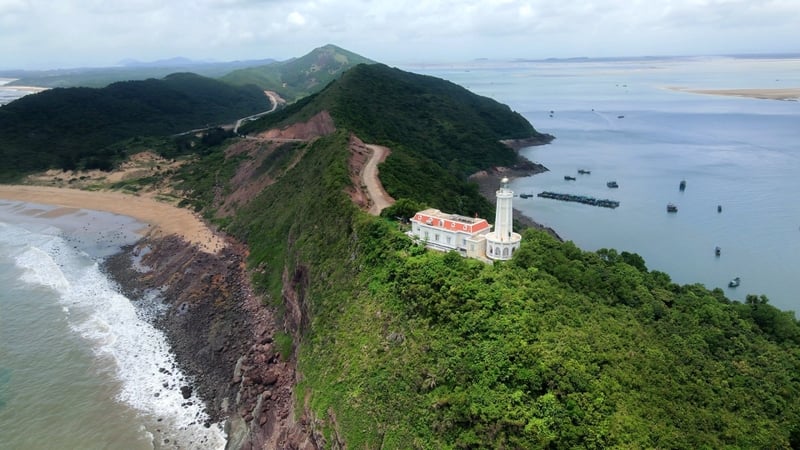











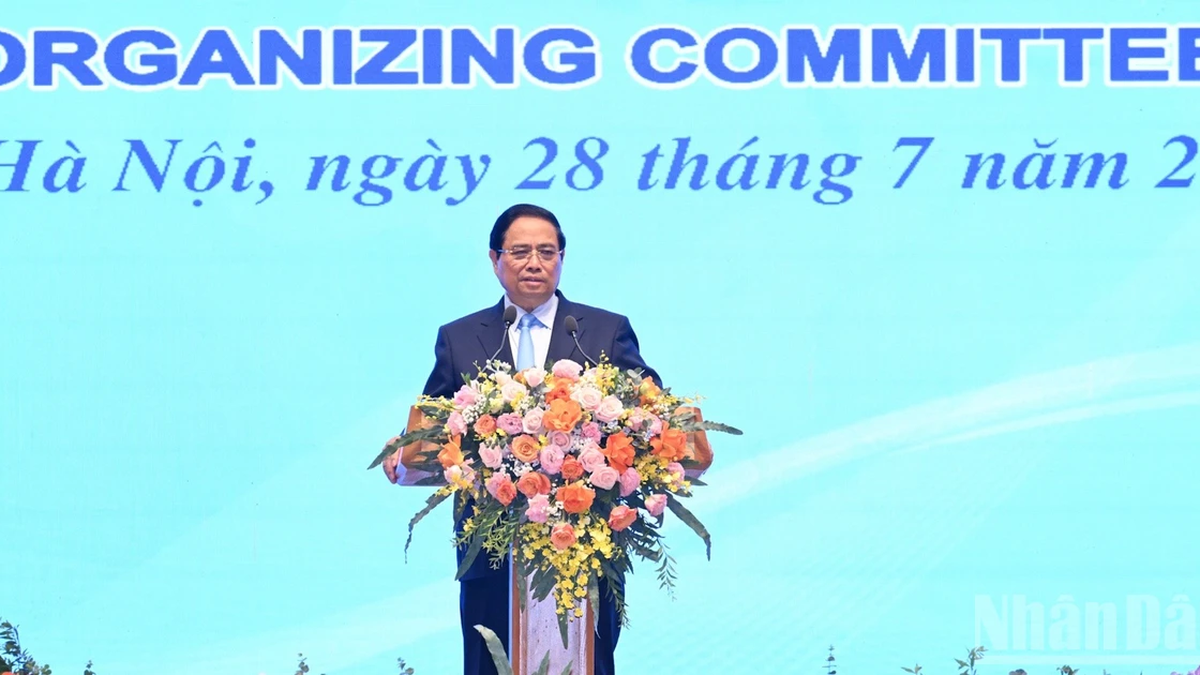




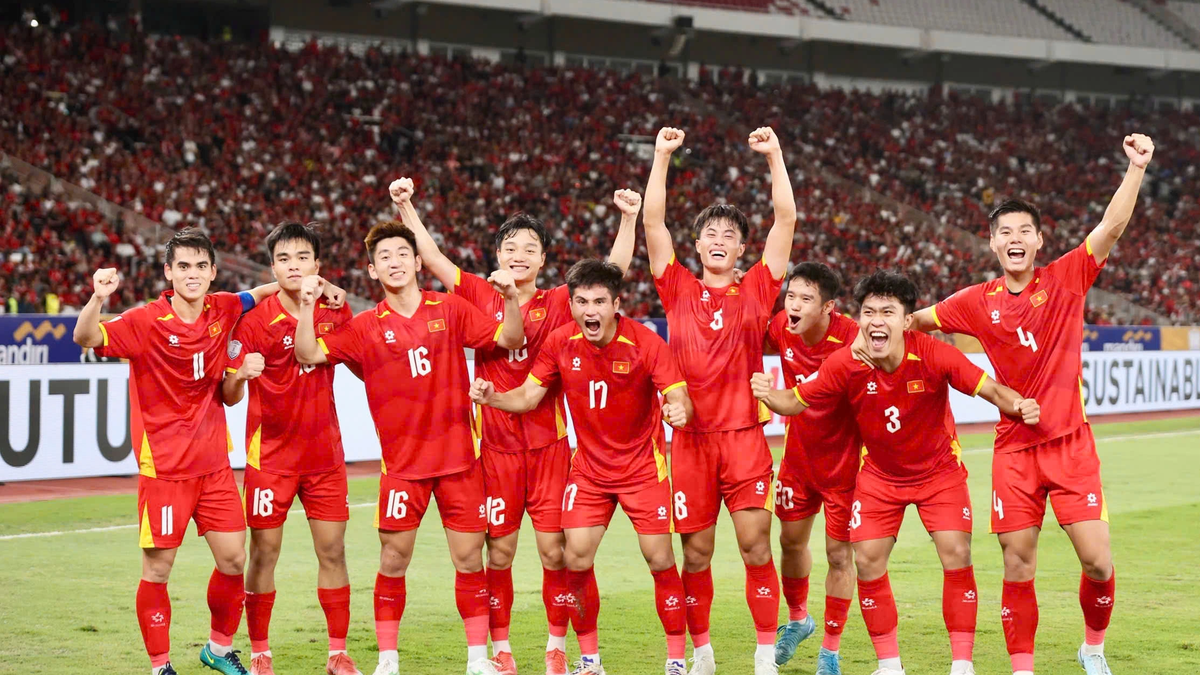
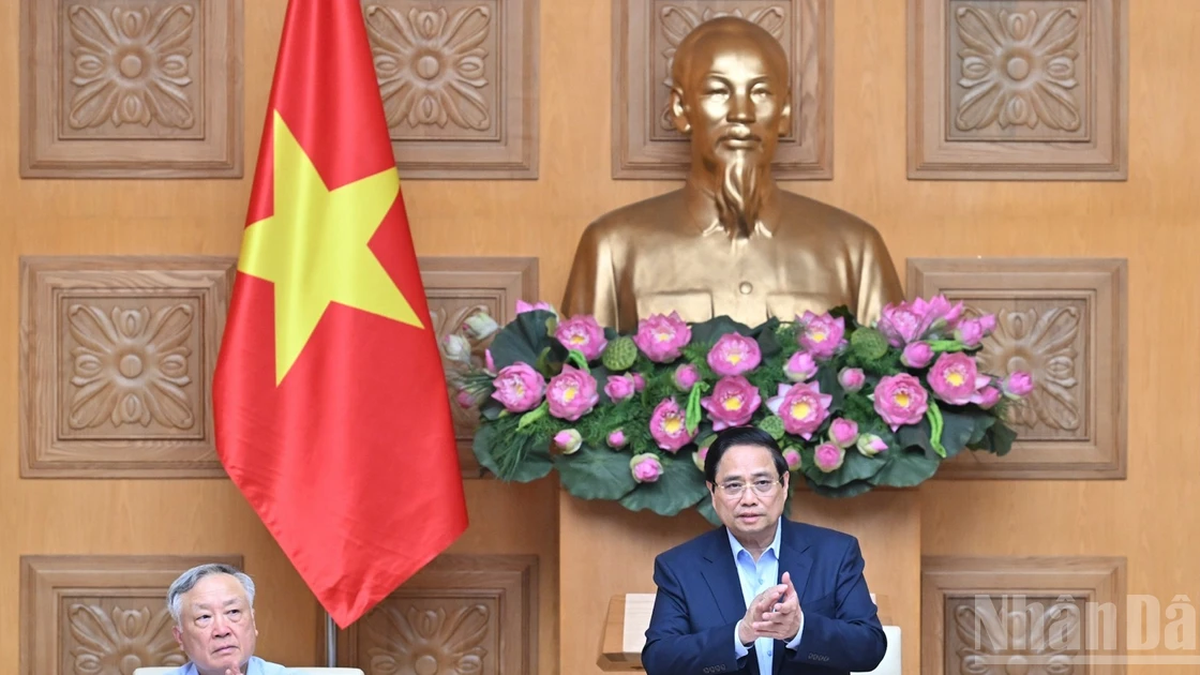
![[Photo] National Assembly Chairman attends the seminar "Building and operating an international financial center and recommendations for Vietnam"](https://vphoto.vietnam.vn/thumb/1200x675/vietnam/resource/IMAGE/2025/7/28/76393436936e457db31ec84433289f72)
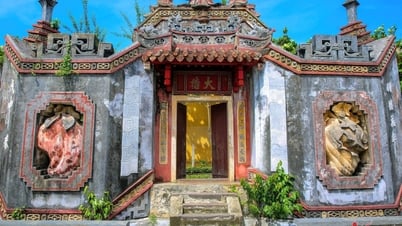
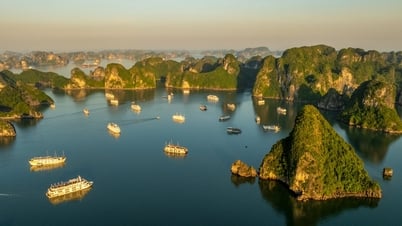

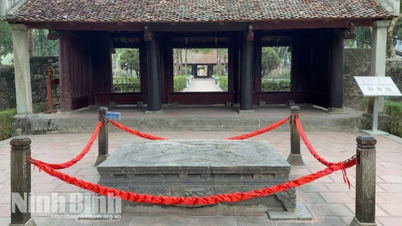



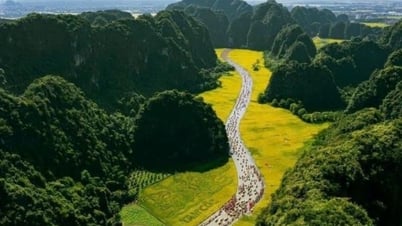
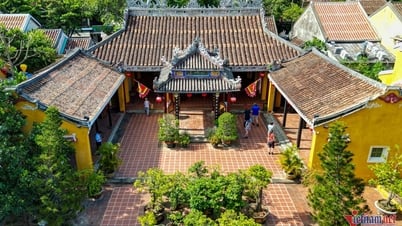






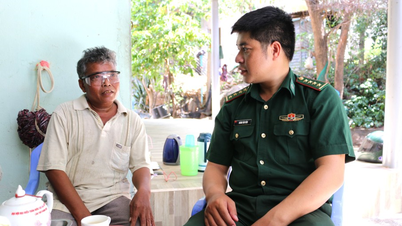

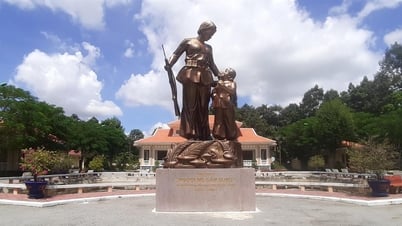
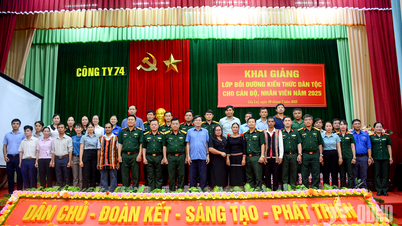





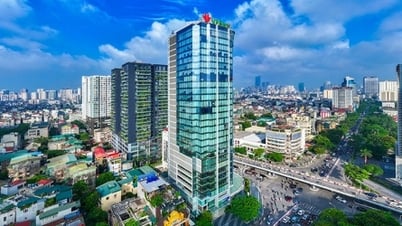


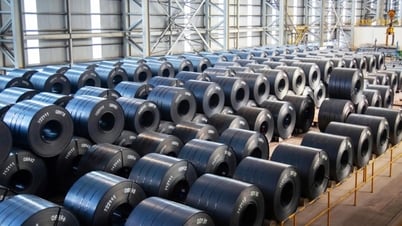







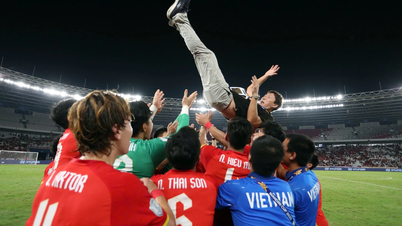

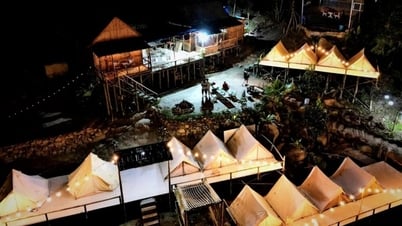

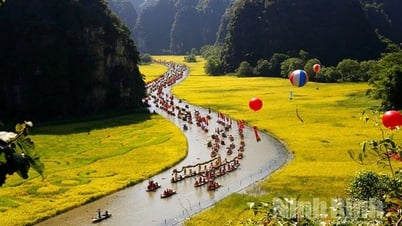



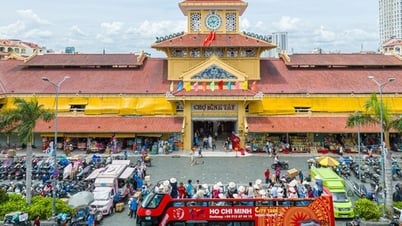
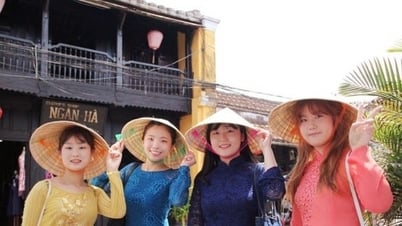








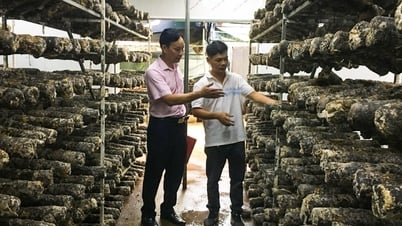












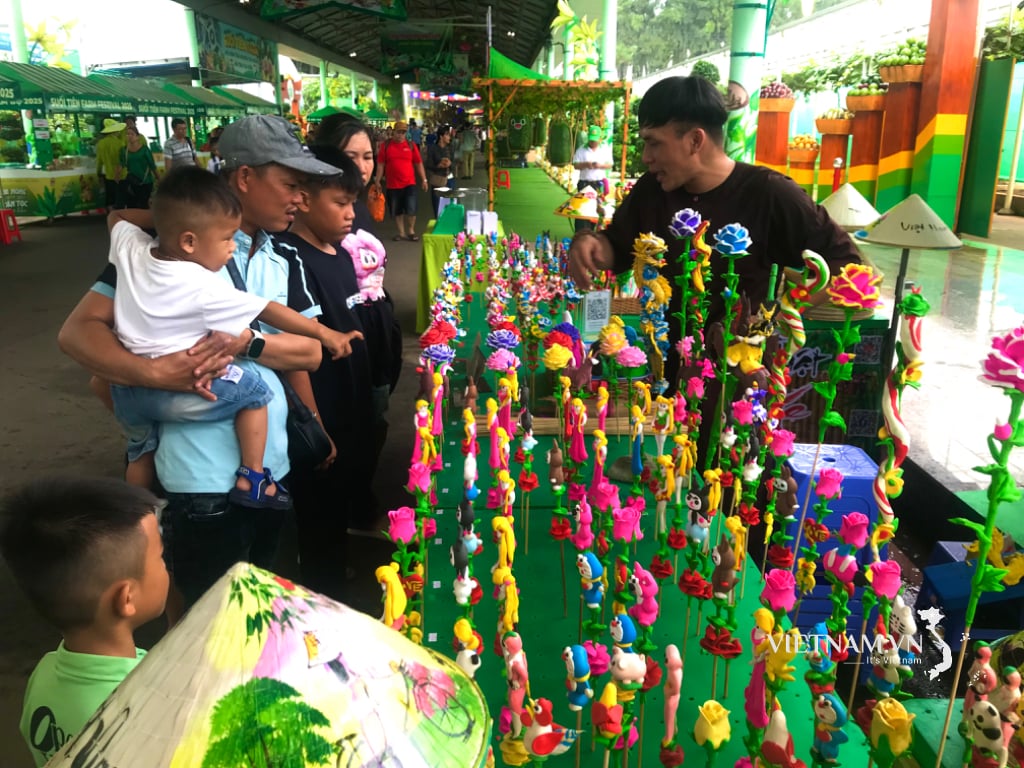
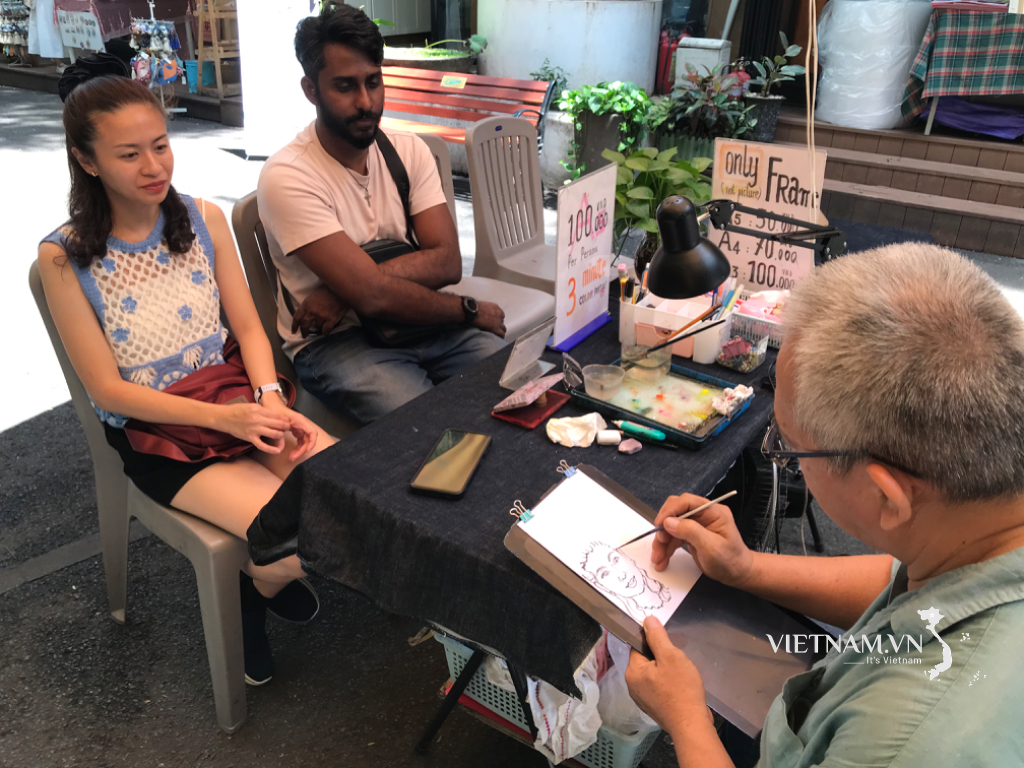
Comment (0)